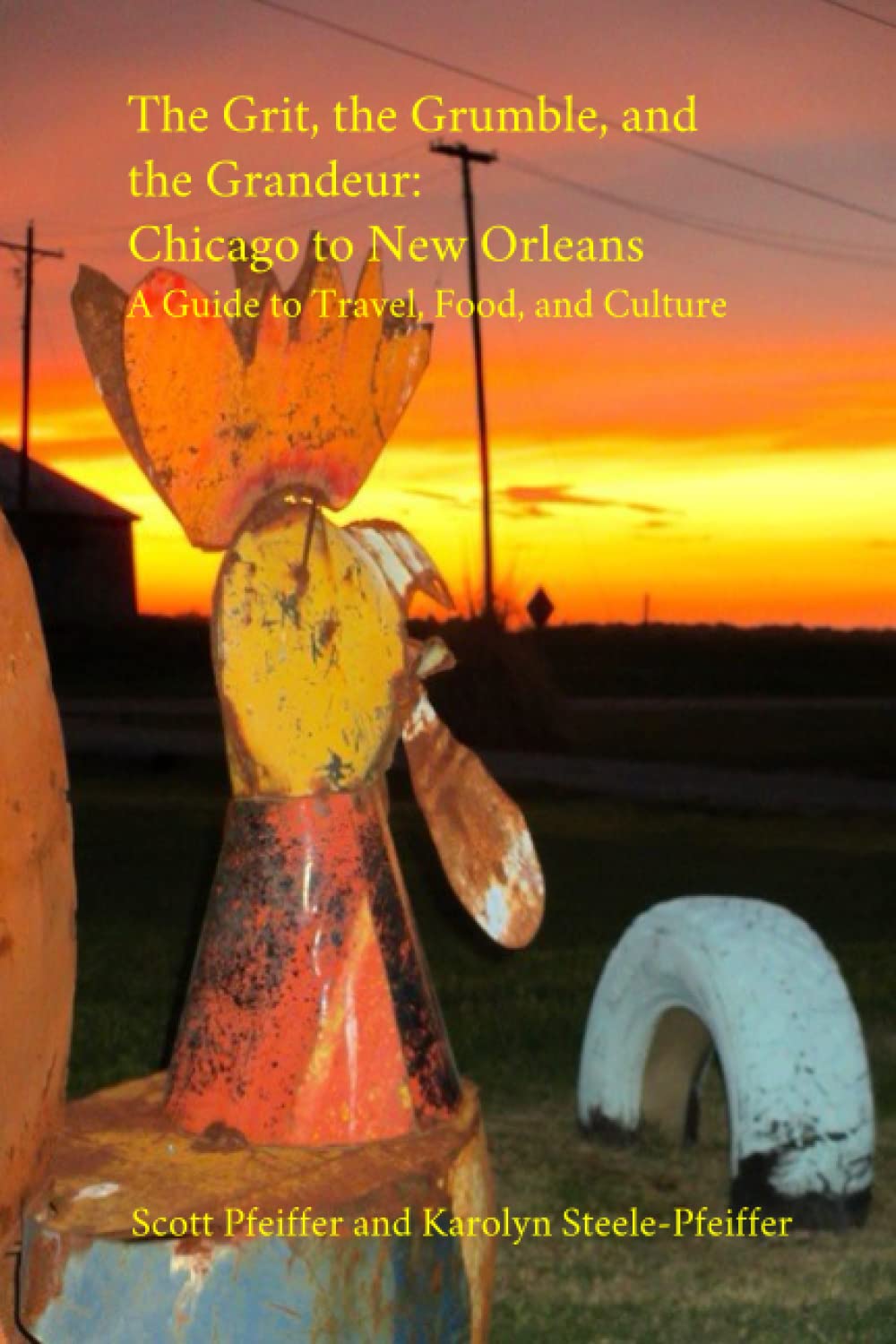"Girl in 3D", "Drummer Wanted" and "Happy Ending"
Seeing as the annual Indiefest was on, we decided on a whim to take in “Girl in 3D”, an unfunny satire of the record industry in which a sicko drug-addled “shock rock” star (Coyote Shivers) kidnaps a fan (Bevin Tucker), trusses her up and uses her as his “toy” in the hopes that she will be his muse. Intertitles provide statistics on exploitation and abuse of young women who’ve moved to LA to pursue dreams of acting or modeling; however, apparently some audience members felt that “Girl in 3D” engages in the very exploitation that it criticizes—fairly, I think, in that the film lingers on shots of Tucker bound and subjected to various torments that might've made De Sade exclaim, "Really, you go too far". When two audience members walked out, the film’s attendance dropped by roughly a third.
But is it in fact possible to make a non-exploitative film which unblinkingly examines the nexus between the “will to power” and non-consensual sadism? One need look no further than Passolini’s 1975 “Salo”, his film about a group of fascists ensconsed in a mansion in Italy after the war who for their pleasure imprison a group of village youth for use in their beastly scenarios. No one could claim that “Salo” seeks to titillate; it is one of the two or three most troubling works I've ever seen whereas "Girl" is just easy satire.
One thing can be said for sure of “Girl in 3D”: I can’t think of another film I’ve reviewed on this site that is less recommendable in a family forum, thus making it perhaps only truly suitable for a future Thanksgiving family-gathering movie night.
More enjoyable and funnier by far was “Drummer Wanted”, the second of two shorts that preceded the main feature. It’s an unforgettable little documentary on the band Ike’s auditions for a drummer and communicated in just a few minutes the stress of the process, as the prospective bashers are by turns incompetent, inexplicable or unexpected.
The first short shown, the dream-like “Happy Ending”, was largely silent with an atonal score. It achieved a tone of dread and a few comic moments, and its black & white imagery was vivid. However, it was also redolent of a film school project, which I assume it in fact was.
In any event, it’s always interesting to see proper independent features and shorts, even to illustrate that independence need not necessarily correlate with quality.
- Aug 7, 2005


 Scott Pfeiffer
Scott Pfeiffer